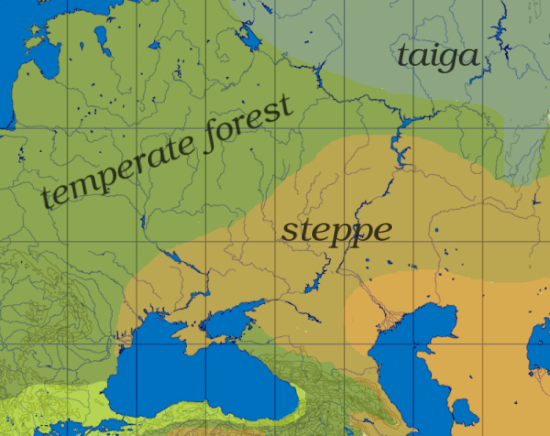In search of the Indo-Europeans (J.P. Mallory):
In Search of the Indo-Europeans provides a thorough analysis of academic thought on the origins of Indo-European culture, while still being quite accessible to the general reader. J. P. Mallory introduces several schools of Indo-European scholarship with a focus on Proto-Indo-European studies; his goal is to provide an introduction to the debate over the “Indo-European homeland problem,” or the apparency of much contradictory archaeological and linguistic evidence for a defined homeland, or a region of the Old World from which the early Indo-Europeans spread forth their culture(s). Mallory begins by examining much study of sites (ca. 2000 B.C.E.) across Europe, the Mediterranean, the Baltic/Caspian regions, the Caucasus and India, as well as linguistic evidence (“Comparative Philology” and “Linguistic Palaeontology”, now typically called comparative linguistics and paleolinguistics, respectively). Once the reader has a basic grasp of what has been found, and after a fine but brief overview of Indo-European religion and spirituality, Mallory tackles the Indo-European homeland problem, offering a compelling argument for his position after plenty of cautious scholarly debunking.
This book displays the author’s intense knowledge of his subject and a dedication to the research at hand. In particular, his embrace of both archaeology and linguistics lends credibility to his views, as delving into the past especially in relations to culture are challenging at best and being tied to one field or another can introduce significant bias. Mallory’s extensive look at his fellow scholars’ works displays much respect for his peers, something that can be lacking in certain academic circles, examining their works with critical thought and evidence before drawing his own conclusions and presenting the opportunity for future research. The text is an excellent choice for the burgeoning academic Pagan, introducing the student to the fascinating complexity and the thrill of discovery offered of the modern Indo-European scholar. The earlier chapters are especially compelling to the Druidic student, being a review of what is known about the ancient Indo-Europeans, the predecessors to the pagan Hearth cultures that we practice today.
The Indo-European homeland problem is one that I was unfamiliar with prior to reading this book, and one that I found particularly fascinating. Indeed, the debate about the location of a homeland has been raging for years, with certain ideologies claiming direct descent and placing the homeland through ancestry or other mostly arbitrary means. The author’s approach is refreshingly scholarly, examining the evidence for or against a homeland being confined to one area or another and admitting that any set boundaries must remain fluid, since so much direct knowledge simply does not exist. In the last section of the text, Mallory examines the evidence for early Indo-European expansions through the archaeology and philology of the various regions, an an attempt to find a source for those expansions- his conclusion was that the Pontic-Caspian region is a best fit for a homeland. Being of enormous size (at roughly 300,000 square kilometres!), the region is large enough for the language family to have developed and expanded from there, while fitting the archaeological and linguistic evidence.
I found this book to be exhausting at first, with the introduction requiring multiple readings to place myself in the mindset of an Indo-European scholar, learn the terms used, and become passingly familiar with the archaeology and philological fields used by the author. After having done this research however, the text flowed very smoothly throughout and became quite enjoyable, and I learned much about a subject with which I was only passingly familiar. I would recommend In Search of the Indo-Europeans to any reader interested in studying this ancient combination of cultures, in particular for its concise thoroughness, its author’s approach to the subject and its readability.


Pingback: The Circle of Hearth and Kin - Book Review: In Search of the Indo-Europeans